Text written by Luca Nannipieri
Henri is a free artist. His research is eclectic and exploratory. She leads him to work freely in sculpture, painting, drawing, mosaic and ceramics. If art is born from the inspiration of the emotions of the living, Henri's work is a true testimony to it.
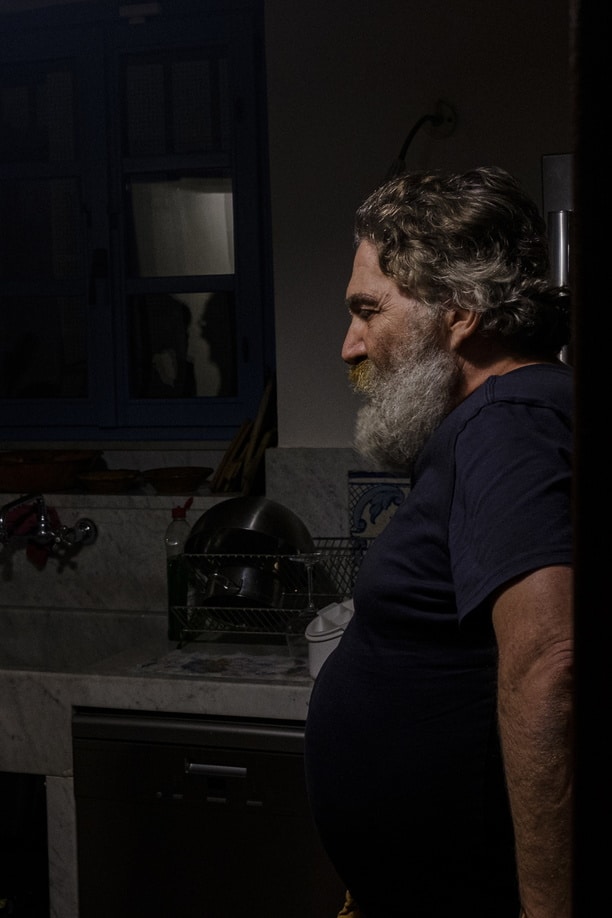
Nothing he creates conforms to convenience. Nor is Henri's work subject to or captive to the expectations of the art market, fashion, or pecuniary interest.
Henri's style is characterized by a search for figurative expression. Thus he forces the physical traits of human and animal figures. He brings to their paroxysm the muscles of the body in tension, the nerves, the cheekbones, to the very fibers, without ever reaching the grotesque, the obscene, or the caricature.
The sculpture that he practices with marble or clay has been his main activity until now, but he also works in pastels on paper, acrylics on canvas, incisions on engravings, and is interested in the realization of his works in a myriad of mosaic fragments.
The mark of the artist is found in the excess of the physical characteristics of the subjects he represents. But, whether it is a profile, a mannered or ape-like expression, the representation of his models is never caricatural, clownish or amusing. Henri's work lies on the very subtle edge of excessive exaggeration that never tips over into buffoonery or carnivalesque.
His talent never fails. The deformation of the somatic appearance is supported without falling into derision. Our artist pushes the representation of the human and animal physiognomy to upset the harmony by the force of the line thus revealing the interiority, the state of soul, the allegory. Henri does not create figures, but psychic states.
In the history of art, this process had illustrious predecessors.

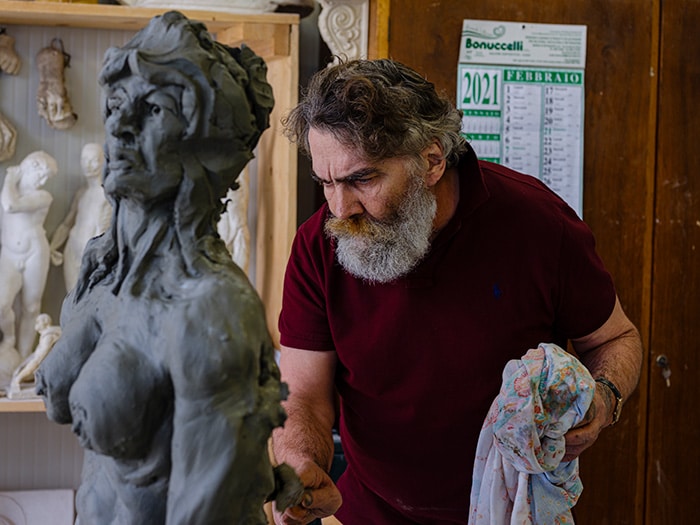
For example, in painting, the names of Hyéronimus Bosch, Pieter Bruegel, Hans Baldung Grien, Francisco Goya, Salvator Rosa, Mathias Grünewald, up to George Henri Rouault, DA Siqueiros, or even Paul Klee before he was born are well known. comes to abstraction.
In graphics too, predecessors follow one another from Odilon Redon to Alberto Martini. In drawing, these expressive exaggerations peak in the caricatures of Leonardo da Vinci.
Finally in sculpture – where Henri's style is expressed in the first place – the marbles of Auguste Rodin, or the waxes of Medardo Rosso, but also the masks of Adolfo Wildt are so many works of faces and muscles sculpted to excess.
The almost mocking, comic aspect of Henri's faces and bodies never manages, because he does not want to, to arouse laughter: he stops a second before, at the moment when these faces, these arms , this nervous tension becomes creative joy, but also concern, and thought.
This creative process does not come out of nowhere. After beginning his apprenticeship in Paris, Henri moved to Pietrasanta in Tuscany in 1990. He wanted to learn how sculptures in precious white stone were born and developed directly from the hands of marble cutters and sculptors and in marble factories. The historical reminder of the masterpieces of Michelangelo, Bernini, Canova, Rodin has made, over time, this piece of land, quarries and mountains located between Massa and Carrara, a real center where people come, pass and different artists live.
Henri therefore goes to Pietrasanta as did many other contemporary artists, such as Fernando Botero, Igor Mitoraj, Jean-Michel Folon. However, unlike the others, he does not just pass through these lands, he stays there, he makes it his favorite place, as Kan Yasuda did.
It is also curious but quite significant that our artist decided to move from Paris, a place recognized worldwide as the peak of 19th-20th century art and the main capital of art in the world, to prefer to settle on the Carrara Riviera which, compared to the French metropolis, is really a peripheral locality.

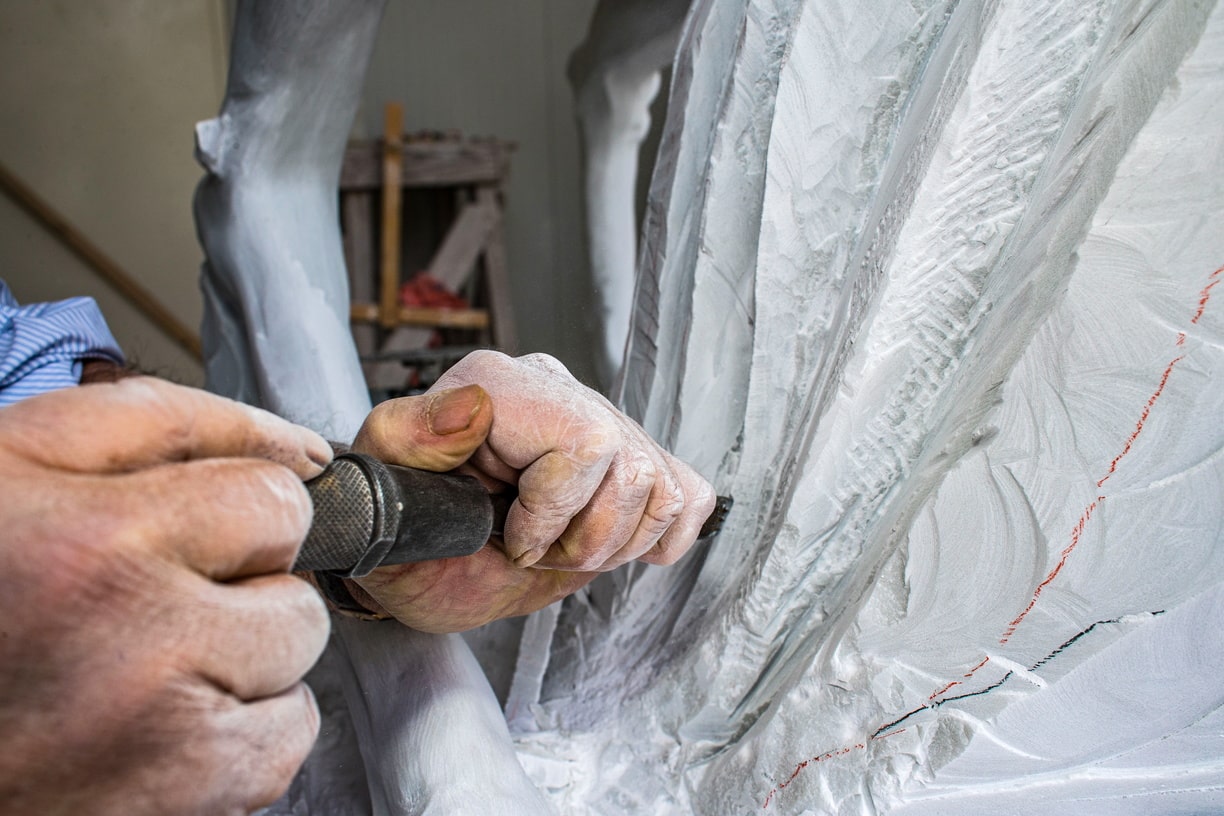
It is as if Henri found it more stimulating to indulge in art from this isolated “retreat” rather than living in the heart of the glorious center of Paris. And it is precisely from this “laterality” of Pietrasanta that Henri learned the daily instruments of his profession: he frequented the marble craftsmen. The greatest works are, more often than not, first sketched out in plaster, then they are finalized with them, through the experience of continuous discussion and confrontation; he produces different sculpture formats, from bas-reliefs to high-reliefs, from medium format subjects to imposing public works.
What characterizes him, since the first works that we know of him, is not so much the realism of the figures, but the alteration, the deliberate disproportion of the features, because it is precisely from this distancing from the mimicry of portrait that Henri explores human thought, nature, muscular strength, the tension of being.
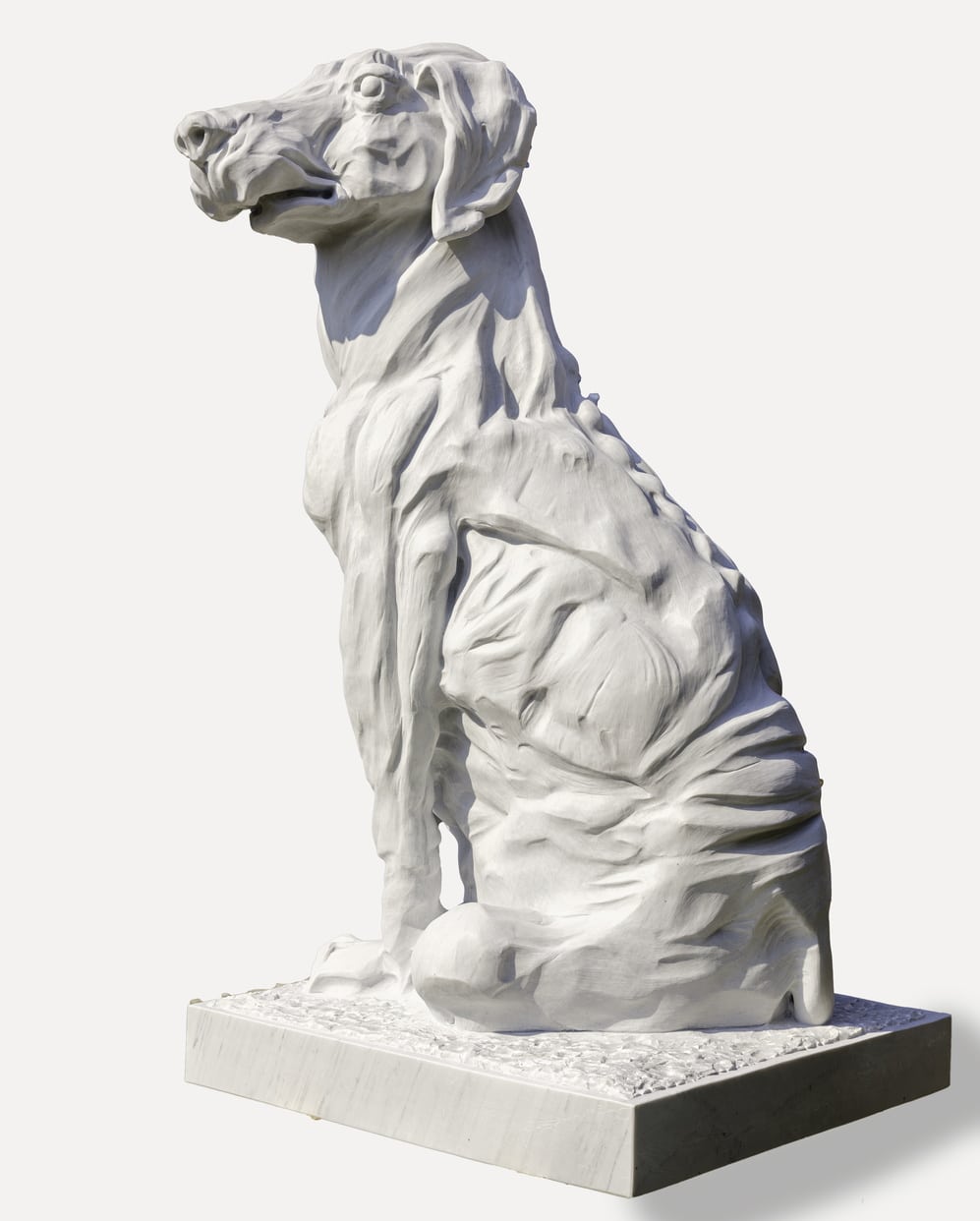
The monumental marble dog, represented by our artist, has a noble posture, but above all a muscular rigidity which makes him slender and powerful, flexible and haughty. We feel that the gesture of the sculptor has worked with joy and know-how, but we also see in it meditation, thoughtful concentration. And this work is the full expression of that.
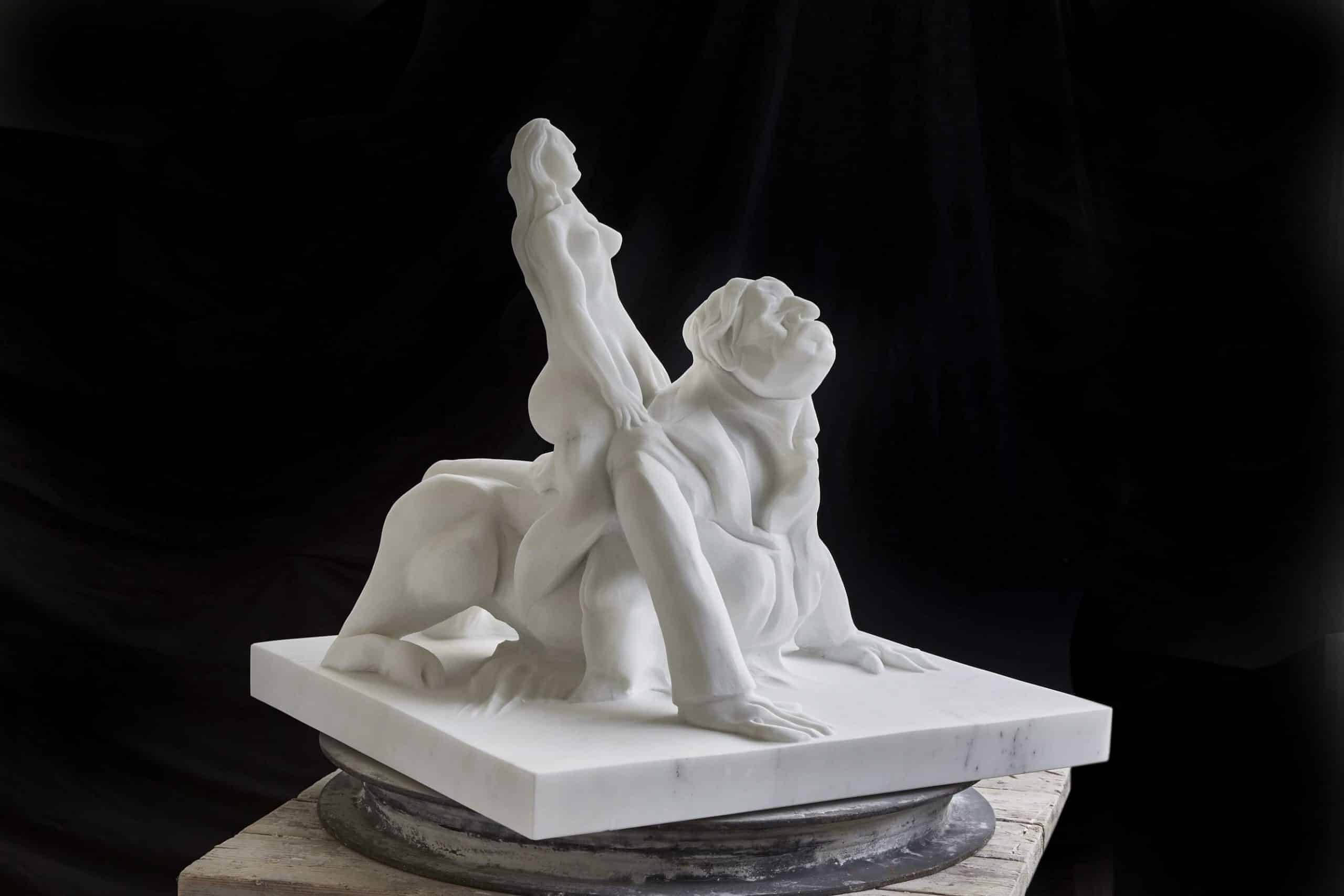
“The Senegalese”, “The carrier”, “The angry pigeon” and especially “Europe” are the heights from which this characterization becomes emblematic. "Europe", perhaps his most significant sculpture to date, which shows a woman with prominent breasts riding a hybrid, a figure that has the posterior part of an animal and the upper part of a mature man, resembles almost a metaphor: the purity of the female naked body (creativity? Freedom? Audacity?) which stands on this clumsy, fat, naked, plastered body, which gazes at the future in a perplexed manner (bureaucracy? The proprieties? The habits?). “Europe” is a really interesting sculpture.
His painting, too, is characterized by a nervous line that gives his subjects a facial, bodily and gestural expressionism. The color of the pastels accentuates and enlivens this predominant and strong somatic characterization of the protagonists, to the point that here too what is represented is not so much a portrait, but an interior reflection in the form of a portrait.
In the drawing too, the black on white line, polarizing the figure on two contrasting tones, concentrates this expressive charge, without ever, here again, becoming grotesque or caricatural.
Henri's artistic career is far from complete: we feel in him that today a desire for creation, inventiveness, fun and expressive exploration is fermenting in full bloom. It is up to us to make the wish that his research will continue to probe the human soul to deliver to us an ounce of beauty, of creative intoxication, of stylistic shamelessness which would have escaped from the sky to end up in his artist's hands.
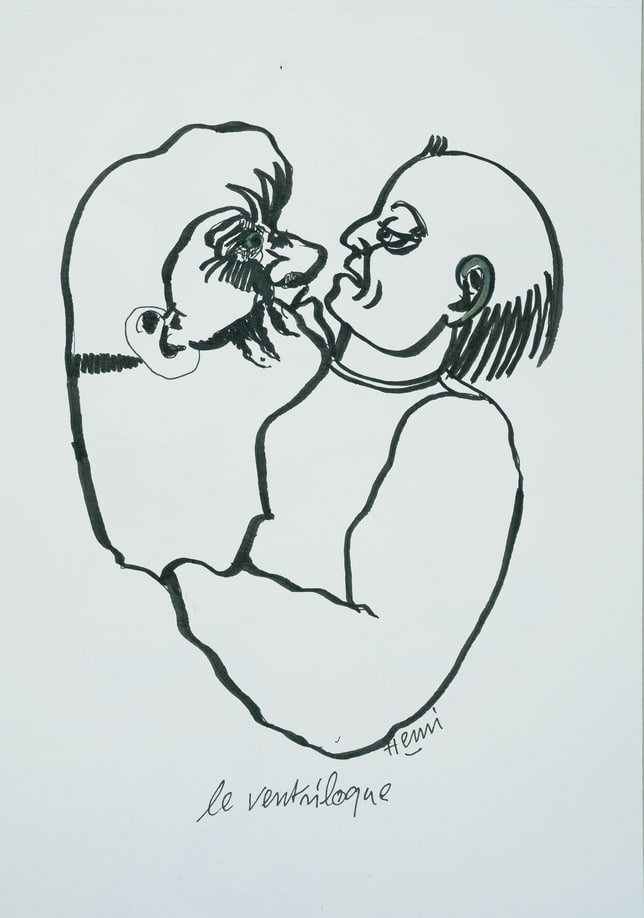
© Henri Beaufour - All rights reserved.
Notre site internet utilise des cookies pour améliorer votre expérience de navigation.